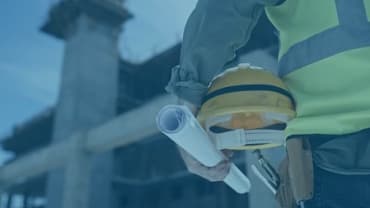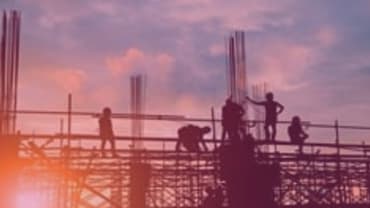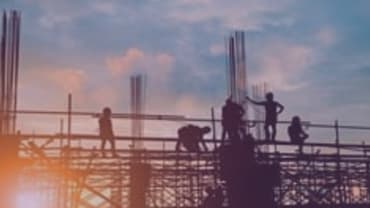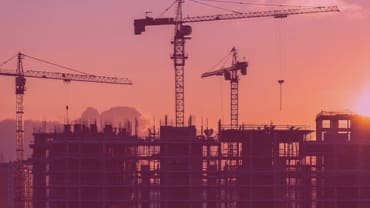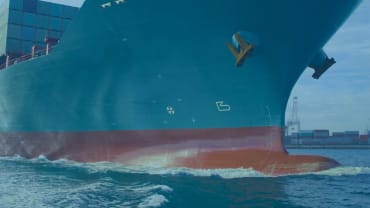Following on from the tragic events of the Grenfell Tower, there has been government policy focused on increasing the safety of residents in high rise buildings with external wall or cladding systems. We have seen a number of steps taken, including the ban of combustible materials on multi-storey residential buildings in England and Wales (Scotland having introduced such a ban some years ago) and the introduction of a fund to help residents pay for the removal of Aluminium Composite Material (ACM) cladding from existing buildings.
Another step taken has been to try and ensure that those responsible for the safety of people in such buildings have the necessary knowledge. As part of this process, on 11 February 2021, the Scottish Government published an independent analysis of the consultation responses it received to the "Draft Scottish Advice Note (SAN): Determining the fire risk posed by external wall systems in existing multi-storey residential buildings".
Version 3 of the Draft SAN itself had been published on 30 July 2020 and provides advice for those responsible for those responsible for fire safety in residential buildings, including an explanation of:
- the building standards system established by the Building (Scotland) Act 2003 and the Building (Scotland) Regulations 2004, as amended;
- the benefits of appointing appropriately qualified individuals to carry out fire risk assessments (recommended as best practice for blocks of flats in Scotland);
- the guidance available to fire risk assessors from the Technical Handbooks (domestic and non-domestic) and the approaches that can be taken to assess the fire risk posed by an external wall system;
- the various types of external wall systems available and the level of risk posed by each of these; and
- the steps which should be taken if certain cladding systems, primarily metal composite material, panels were present on a building, including any interim measures that should be put in place until replacement works can be carried out.
On the whole, the advice contained in the Draft SAN was welcomed by the respondents and received a positive reaction. However, there was a common theme in the feedback that further clarity or simplification could help the end users of the Advice Note better understand the advice it contains – indeed 96% of respondents thought that there was at least one area in which the guidance could be improved to provide further clarity or where there was guidance that was missing. Amongst the key issues which were highlighted here were:
- that the advice in respect of unmodified polyethylene filled Aluminium Composite Material (ACM) did not:
- clearly explain the risks and what actions should be taken if this material was found to be in place on a building;
- go far enough in that it "strongly recommended" rather than mandate the removal of this material.
- the potential for the SAN to be seen as downplaying the risk of failure to follow the regulations;
- a lack of clarity around when a fire safety risk assessment of an external wall system would need to be informed by intrusive investigations;
- A need for a non-technical version of the document for homeowners/residents who were not technically qualified;
- Doubts raised that the test and classification procedure (under BS8414 and BR 135) fall short of providing the necessary level of assurance regarding the performance of a cladding system.
The consultation responses will be used to revise and finalise the SAN before its final publication – expected to be later this year The hope is that the finalised SAN will provide a clear guide, which is accessible to everyone who needs to understand the risks of an external walling system.
A link to the analysis of the consultation responses can be found here and the draft SAN can be found here.
Contributors
Legal Director
Head of Dispute Resolution and Risk & Partner




